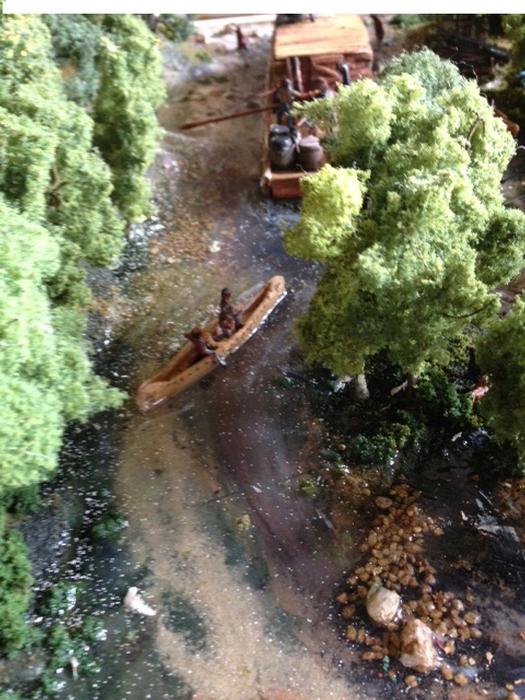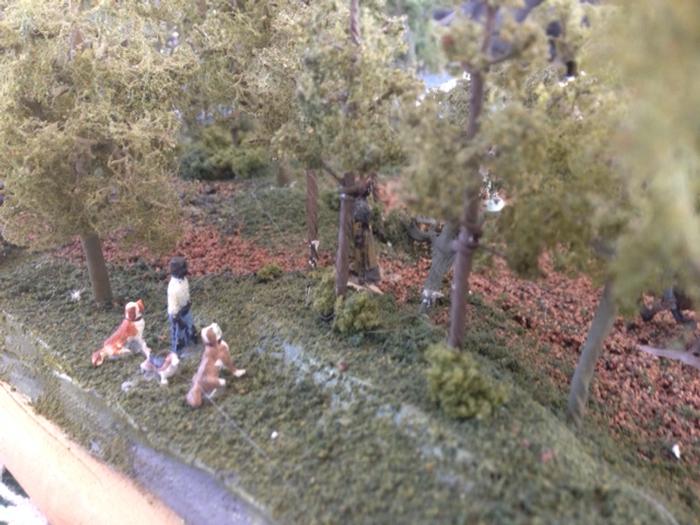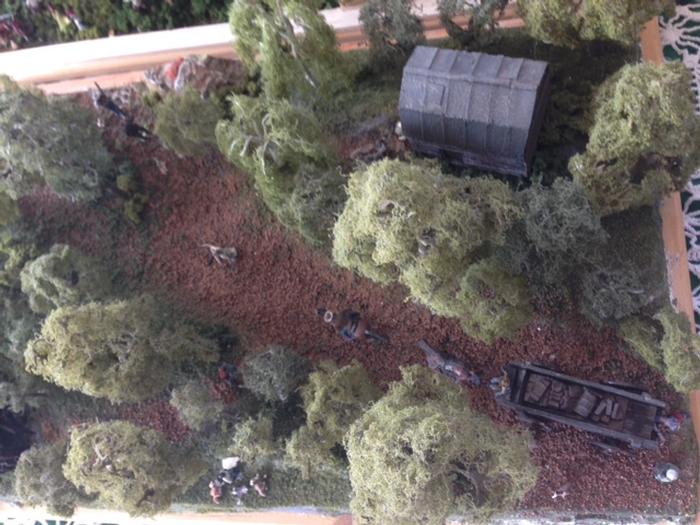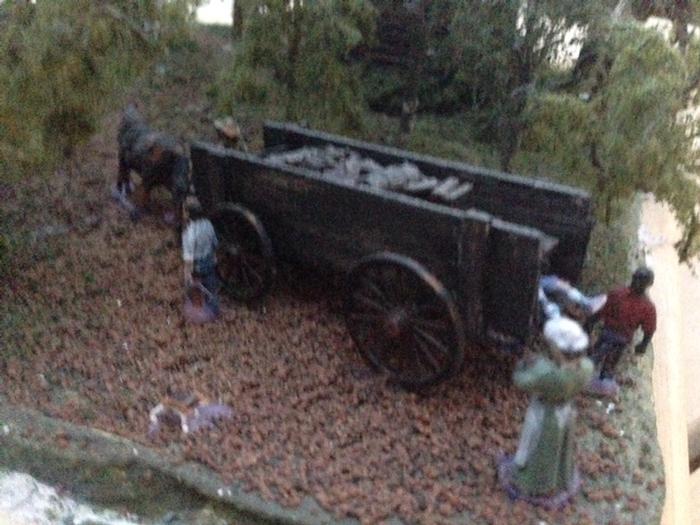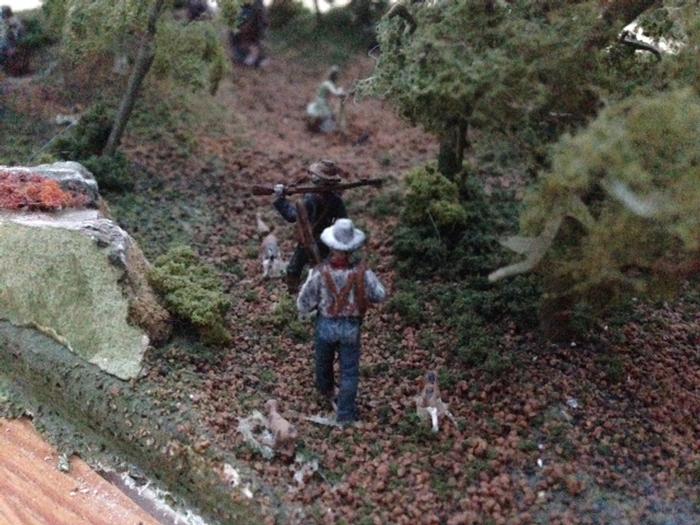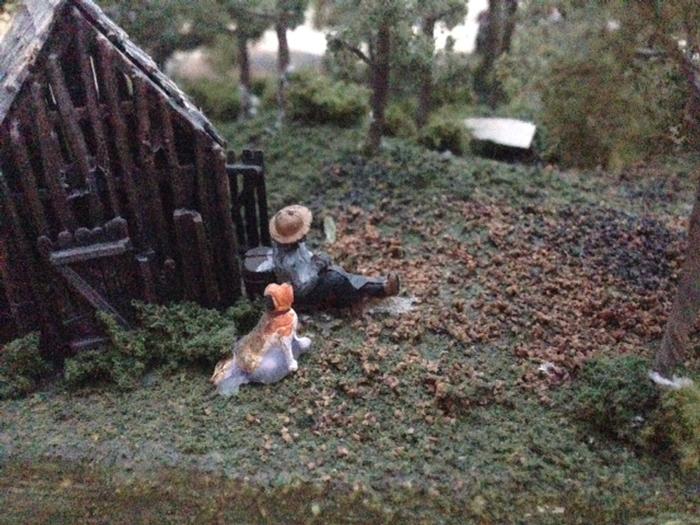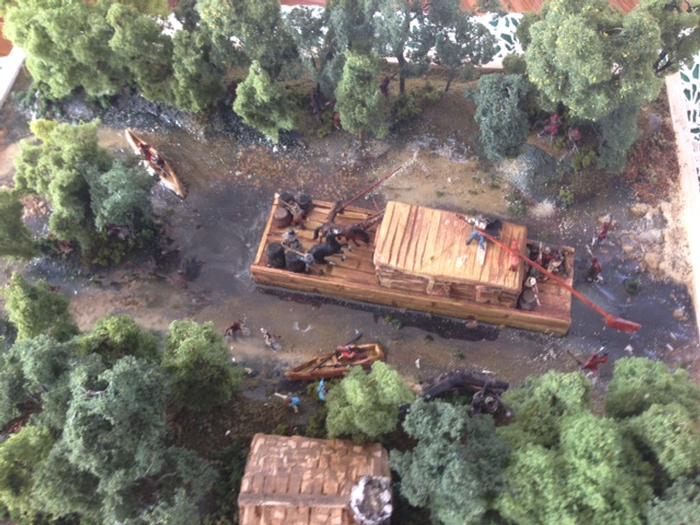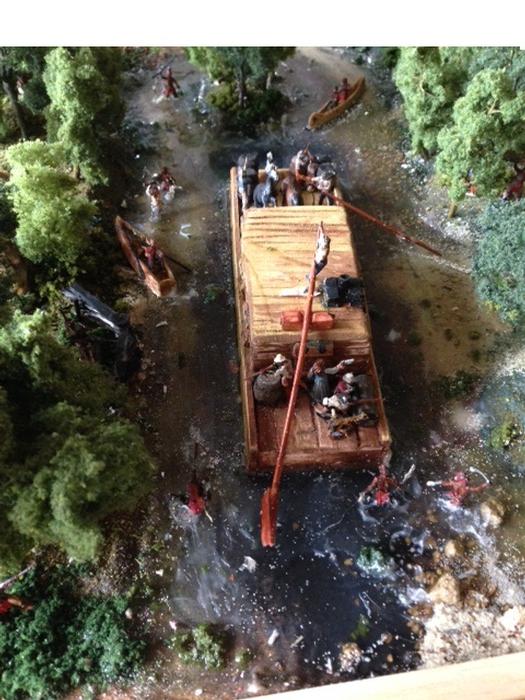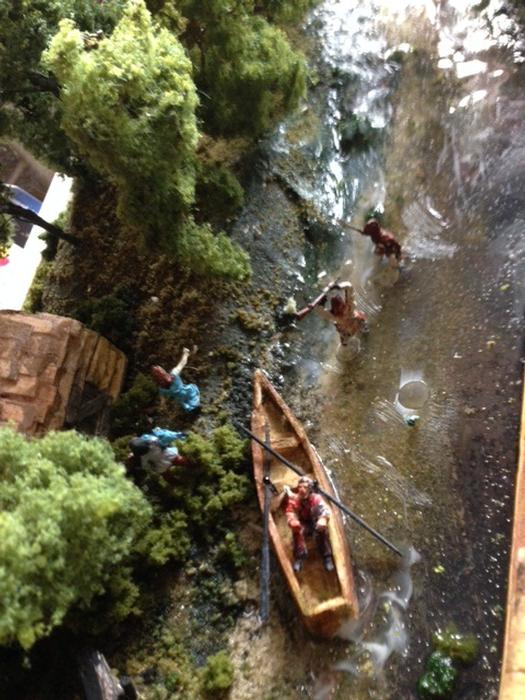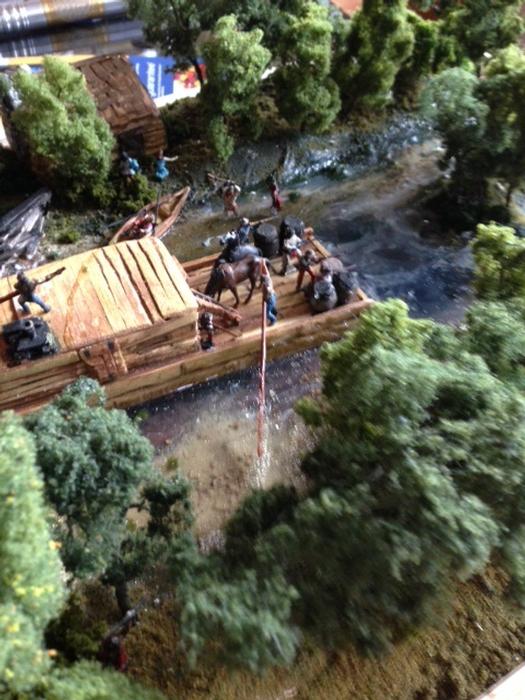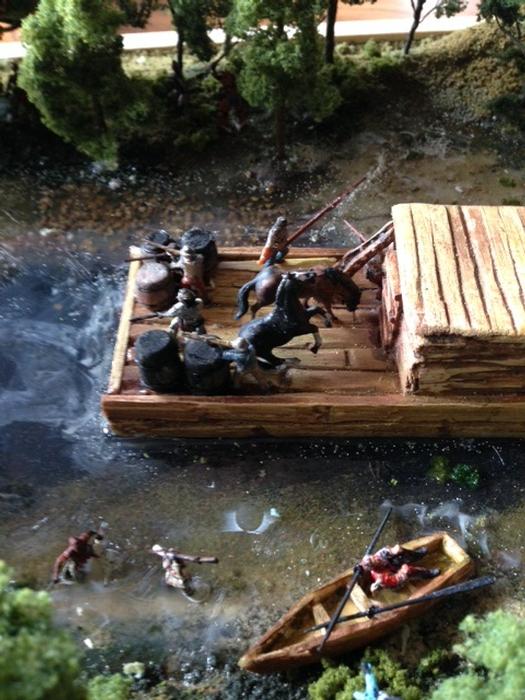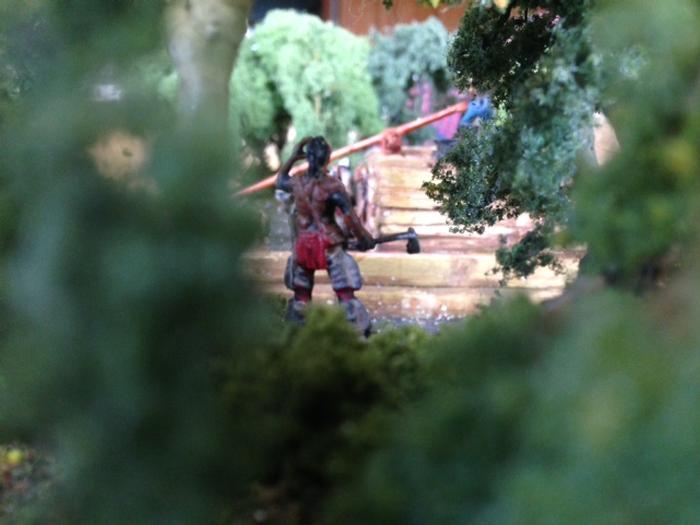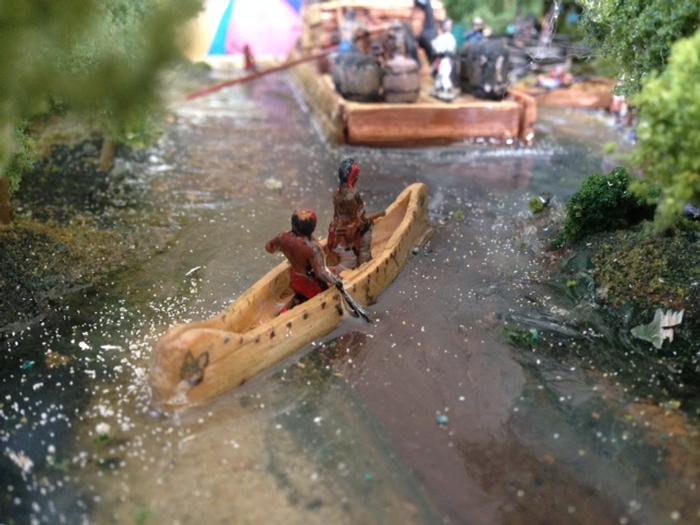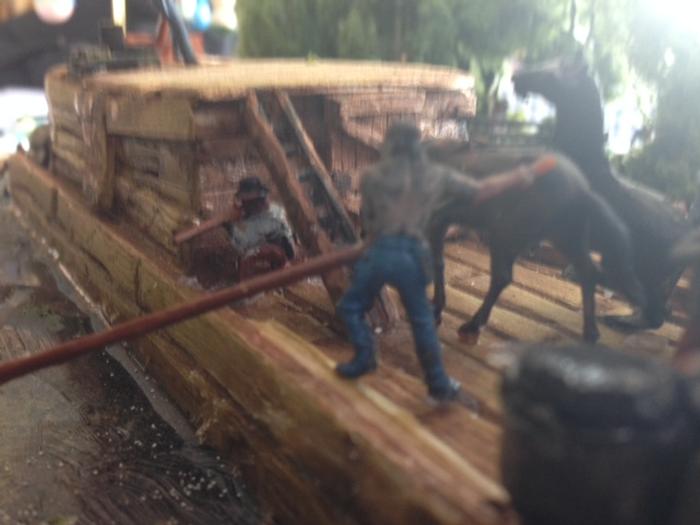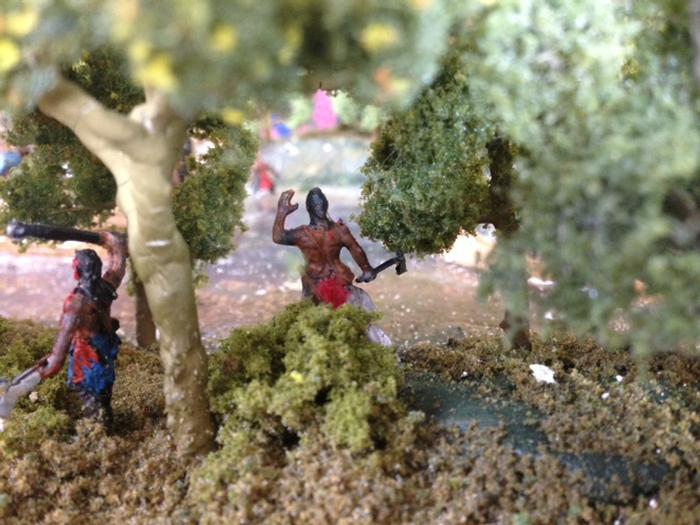Bringing History Class to Life
"I have been interested in modeling (and history) for as long as I can remember. Growing up, I built planes, ships and military vehicles. Then, you might say I married into modeling royalty. In 1974, I married the daughter of Robert Reder, one of the founders of Monogram Models. It took me several years to work up the strength to show him any of my early work. He taught me a lot about displaying miniatures and the art of diorama building. He even introduced me to Shep Paine.
There were then many years where I didn't have time to do many pieces. After earning Ph.D. in Education in 1987 and working with teachers in NW Ohio, one thing I heard often was the need for students to visualize aspects of history in historical fiction. A friend was teaching the book Red Cap, a story of a Union drummer boy at Andersonville.
This led to a challenge of sorts, and in 2004 I began a diorama showing the inside of Andersonville Prison. The 1/72 scale diorama is now at the American Civil War Museum of Ohio in Tiffin, Ohio and includes over 250 figures.
I try to research as much as I can before I start to build. When I teach with one of the pieces, I want to be able to tell why a certain element is included. From Shep Paine, I learn to be a little whimsical and to include little stories. So, in the riverboat diorama, there is an apple tree area (this is Ohio and that's where Johnny Appleseed lived).
I look at gallery sites to study the clothes worn during a period, and I will contact the state DNR to inquire about the foliage and trees that would have been on the river in the 1700's. I get many interesting emails from the experts who like doing such "off the wall" research themselves."
There are photos included of two of Michael's dioramas.
His Ohio River Boat diorama is loosely based on a journal account of a 1792 Miami Indian raid on a grounded riverboat. The diary narrative was published in Abbott's History of Ohio and written by one of only two survivors. In the diary, a single canoe blocking the way is explicitly mentioned as was horses on the foredeck of the boat.
Woodland Scenics materials are used throughout, especially the river water, the undergrowth, the sands, rocks, and of course the use of Plaster Cloth to create the general topography. The cabin seen in some of the photos as well as the riverboat and canoe are all scratch-built. The collected figures represent several different miniature sets from the Eastern Indian Warriors to Alamo defenders.
His Underground Railroad diorama Underground Railroad diorama is based, in part, on the Katherine Ayres juvenile novel North by Night: Story of the Underground Railroad, set in 1851. The scene based on the diary account of the main character Lucinda Spencer, a sixteen-year-old girl. The diorama depicts a wagon with a false bottom and slave hunters coming upon an Ohio enclave. Here again, much research went into the design of the wagon, the use of hunting dogs, and the types of cabins or shacks the families would live in.
